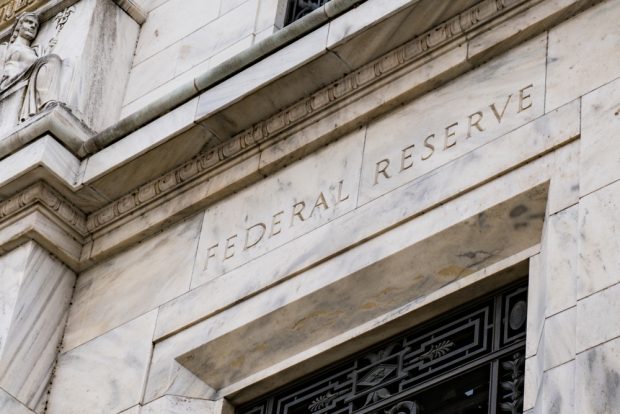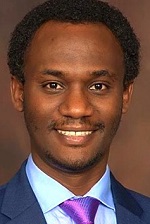 Federal Reserve Building in Washington, D.C. (Source: Shutterstock)
Federal Reserve Building in Washington, D.C. (Source: Shutterstock)
Consumers have been spending more this winter, but war and inflation are likely to be a drag on further gains this year, a CUNA economist said Wednesday.
CUNA Senior Economist Dawit Kebede said the Federal Reserve's decision Wednesday to raise the federal funds rate by a quarter percentage point was expected. It also revised its projection for year-end Personal Consumption Expenditure (PCE) inflation from 2.6% in December to 4.3%.
Recommended For You
"Strong demand, enduring supply bottlenecks and the surge in energy prices due to the war in Ukraine are contributing to inflationary pressure," Kebede said.
 Dawit Kebede
Dawit Kebede NAFCU Chief Economist Curt Long said he was also not surprised by the Fed's actions.
"Inflation shows no signs of slowing down, so credit unions should expect a steady pace of quarter-point hikes at every meeting through the rest of the year," Long said.
In comments after its meeting, the Fed cited not only the job gains, lower unemployment and inflation at home, but also the war in Europe.
"The invasion of Ukraine by Russia is causing tremendous human and economic hardship," it said. "The implications for the U.S. economy are highly uncertain, but in the near term the invasion and related events are likely to create additional upward pressure on inflation and weigh on economic activity."
Kebede said the Federal Reserve signaled multiple hikes to the federal funds rate throughout the year, projecting it to reach 1.9% by the end of 2022 — revising its December projection by a full percentage point.
"This will raise consumers' cost of borrowing and slow down spending," Kebede said. "Consumer spending contributes to two-thirds of the gross domestic product (GDP) — the value of all goods and services in the economy. The GDP growth projections will also decrease with the rising federal funds rate."
On Wednesday, the Census Bureau reported retail spending, excluding cars and parts, was $527.8 billion, up 17.7% from a year earlier. From January to February the gain was only 0.3% after seasonal adjustments.
NAFCU's Long said February's increase was small, but January's was revised to a robust 4.9% seasonally adjusted gain from December. He said slower spending gains are needed to curb inflation.
 Curt Long
Curt Long "The modest gains in February were far eclipsed by inflation last month," Long said. "Gains were highly concentrated in gas stations, which increased 2.5%, and areas that benefitted from declining COVID cases, such as restaurants and department stores."
"It will take several more months of subdued consumer spending to alleviate the momentum in price growth," he said.
READ MORE: CU Member Spending Rises Again in February
© Touchpoint Markets, All Rights Reserved. Request academic re-use from www.copyright.com. All other uses, submit a request to [email protected]. For more inforrmation visit Asset & Logo Licensing.







